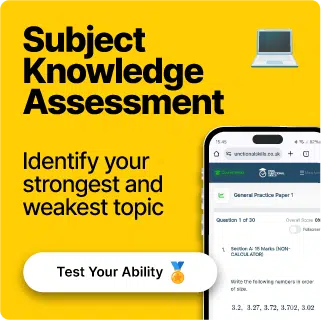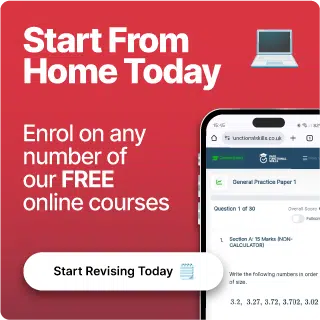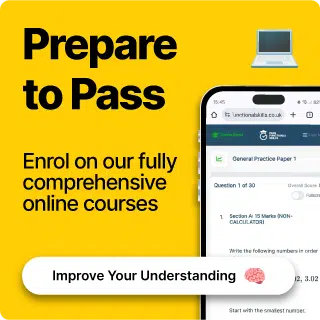Reading: Text Types
Text Types
Reports, articles, adverts, posters – there are many different types of texts!
They are chosen by writers because they are particularly effective at conveying different types of information.
You will need to be able to recognise and identify these types, both in your exam and in real life, so let’s get started…
Make sure you are happy with the following topics before continuing:
What are they?
Text types are the way the text is formatted by the author, and can include:
- A letter
- A report
- A newspaper article
- A webpage
- A note
- A poster
- An advert
And many more!
Can you remember any examples of these that you have seen today?
Which is Which?
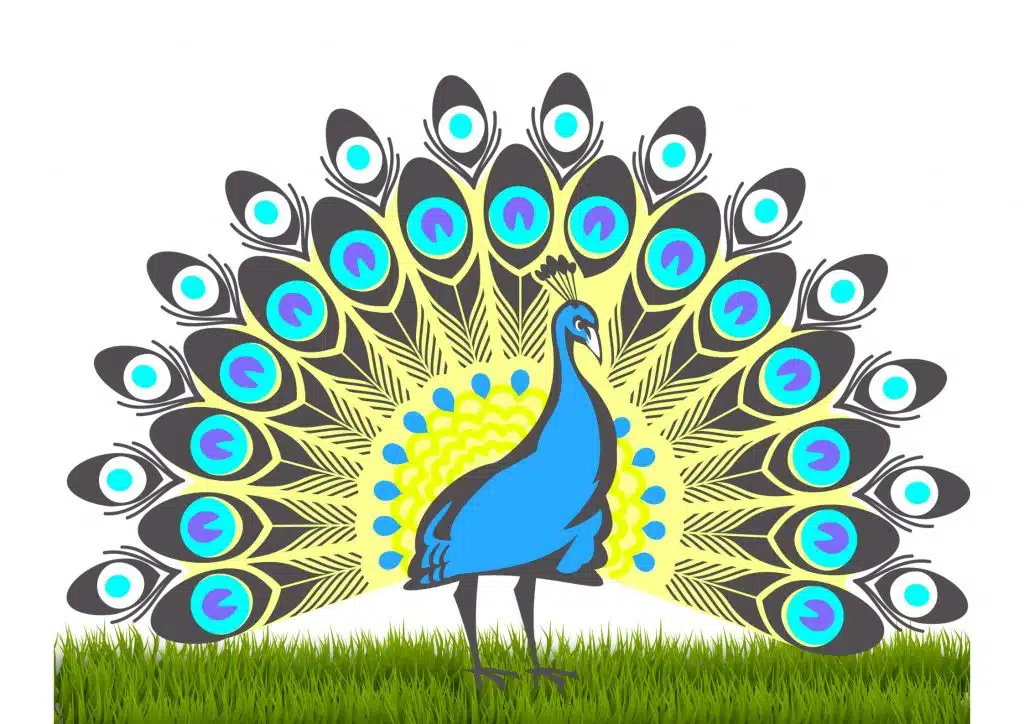

Identifying text types is a very important skill.
Luckily, many types of text will have specific things that you can look out for, which will help you spot them!
Let’s take a look at a few of them now…
Follow Our Socials
Our Facebook page can put you in touch with other students of your course for revision and community support. Alternatively, you can find us on Instagram or TikTok where we're always sharing revision tips for all our courses.
Formal Texts…
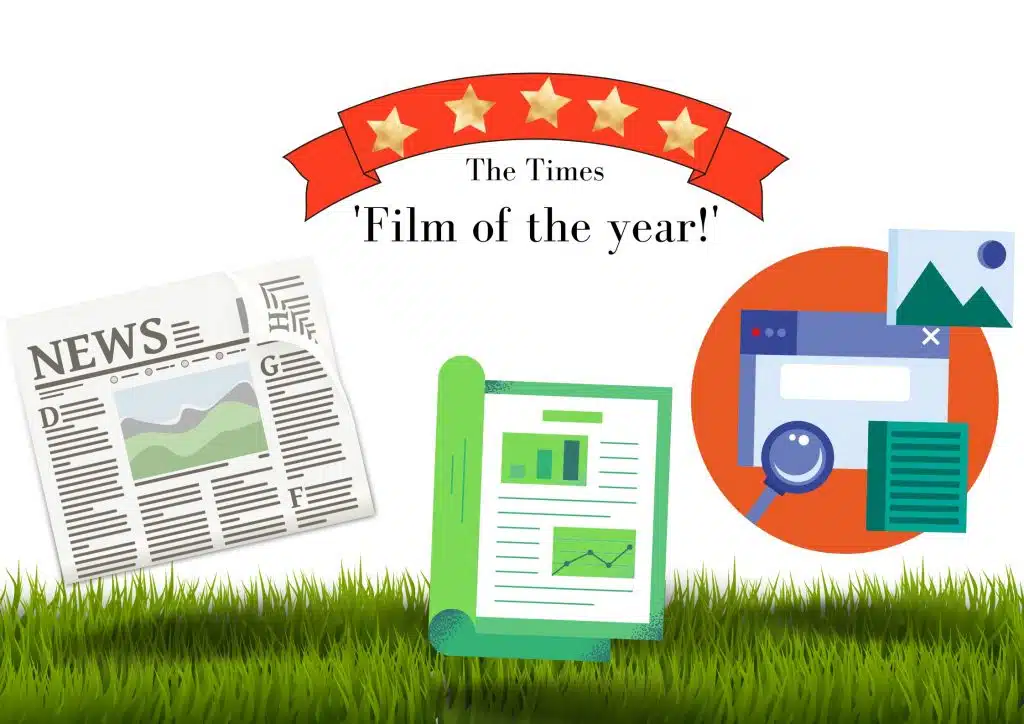

Are used in professional or academic settings.
Some text types often used in formal settings are:
- A newspaper article
- A theatre review
- A webpage
- A technical report
- A business letter
All of these text types are quite official, and tend to be written to a very large audience who need information on a certain topic.
The aim of these texts would usually be to inform, instruct, advise or discuss, rather than to entertain, describe, persuade or mock.
Informal Texts…
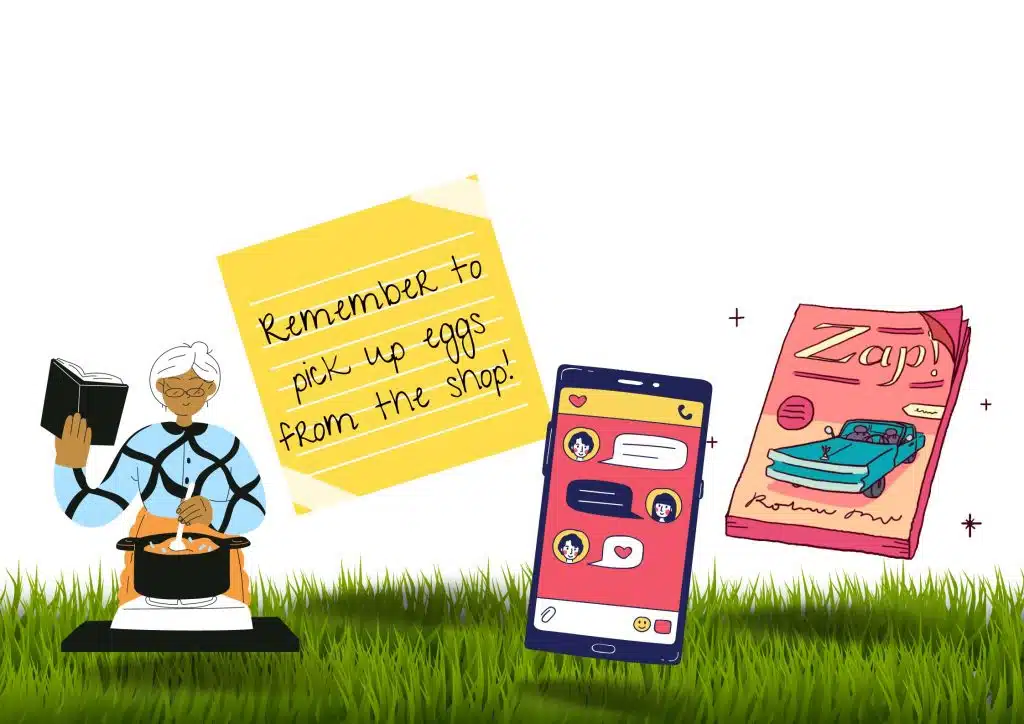

Are used in personal or casual settings.
For example:
- A recipe
- A note
- A text message
- A magazine
All of these types of texts are quite casual, and tend to be written to a smaller audience.
The aim of these texts would usually be to entertain, persuade, describe or mock rather than to inform, advise, instruct or discuss.
Formal Examples: Emails and Letters
First up, we have two very similar text types…
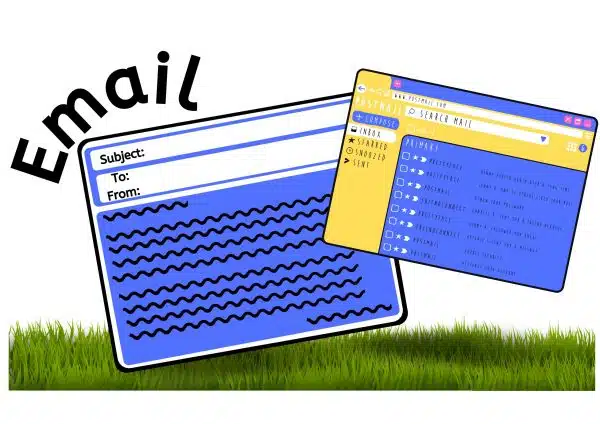

Emails will always include:
- Subject line
- To
- From
A subject line will inform the reader on what the email will be about which will help readers to prioritise responding to correspondence more easily.
They will also include who the email is written by, and who the email is written to.
These are the features to look out for in an email.
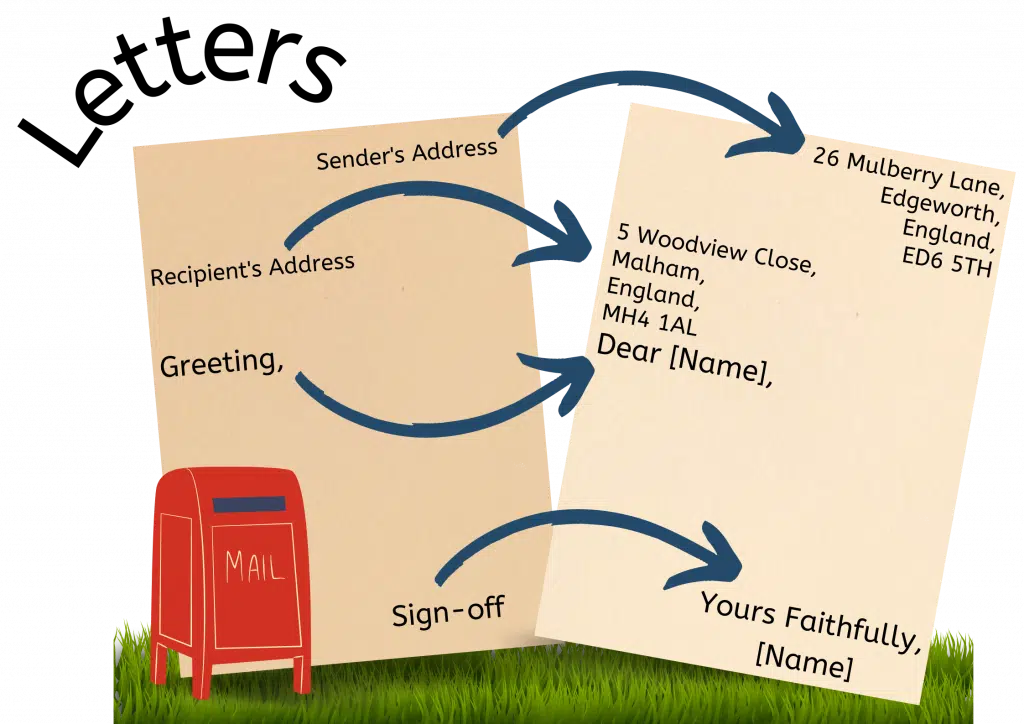

Letters will always include:
- A Sender Address
- A Recipient Address
- A Greeting
- A Sign-off
The writer will begin the letter with their own address which is written at the top right hand corner, whilst the recipient’s address will be just below this, on the left-hand side of the page.
They will then greet the reader using ‘Dear…’ and the reader’s name.
They may also use: ‘Dear Sir‘, ‘Dear Madame‘ or ‘To whom it may concern‘ if they are unsure of who the reader is.
If the writer knows the person the letter is being sent to, they will conclude it with ‘Yours Sincerely’ and their own name. If however they do not, or they are writing to a professional or high-ranking individual, it will conclude with ‘Yours Faithfully’, followed by their own name.
Informal Examples: Adverts and Leaflets
Next, we have two more similar text types…
Adverts and Leaflets will usually include:
- Colour
- Different fonts
- Images
The colours used in these text types will typically link to a company or brand’s identity, and will be instantly recognisable.
The different fonts used will draw the reader’s attention to different parts of the text, and create visual interest.
Images, which can include photographs or illustrations, are also used to create a more interesting text.
All of these features are meant to capture and keep the reader’s attention.
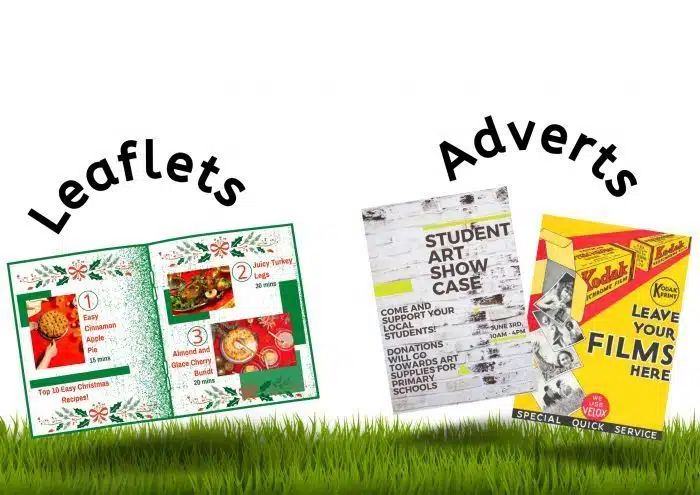
Additional Resources
Exam Tips Cheat Sheet
FS Level 2Specification Points Covered
L1.9 – Identify and understand the main points, ideas and details in texts
L1.10 – Compare information, ideas and opinions in different texts
L1.12 – Recognise that language and other textual features can be varied to suit different audiences and purposes
L1.16 – Recognise vocabulary typically associated with specific types and purposes of texts (e.g. formal, informal, instructional, descriptive, explanatory and persuasive)
L2.12 – Compare information, ideas and opinions in different texts, including how they are conveyed
L2.14 – Understand the relationship between textual features and devices, and how they can be used to shape meaning for different audiences and purposes
L2.17 – Analyse texts, of different levels of complexity, recognising their use of vocabulary and identifying levels of formality and bias
L2.19 – Identify different styles of writing and writer’s voice
Reading: Text Types Worksheet and Example Questions
Reading: Text Types L2
FS Level 2NewOfficial PFSReading: Text Types L1
FS Level 1NewOfficial PFSRevision Products
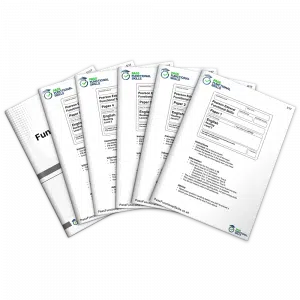
Functional Skills English Level 2 Practice Papers
This comprehensive set of 10 Functional Skills English Level 2 Practice Papers (5 reading papers + 5 writing) is a great way to revise for your upcoming reading and writing exams. These papers have been specifically tailored to match the structure, format and question types used by each of the main exam boards for functional skills English.
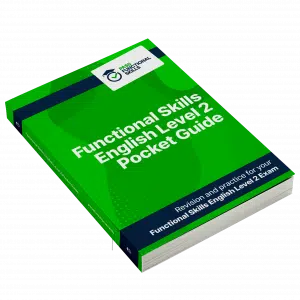
Functional Skills English Level 2 Book
Revise and practice for your functional skills English level 2 exam. All topics covered in this compact functional skills English level 2 book.
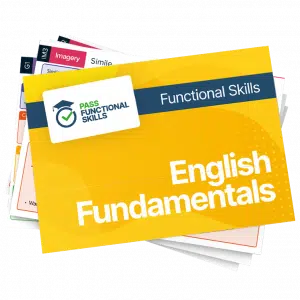
Functional Skills English Level 2 Revision Cards
Revise for functional skills English level 2, with these English level 2 fundamentals revision cards. Covering the building blocks of the essential areas of the level 2 exam.

